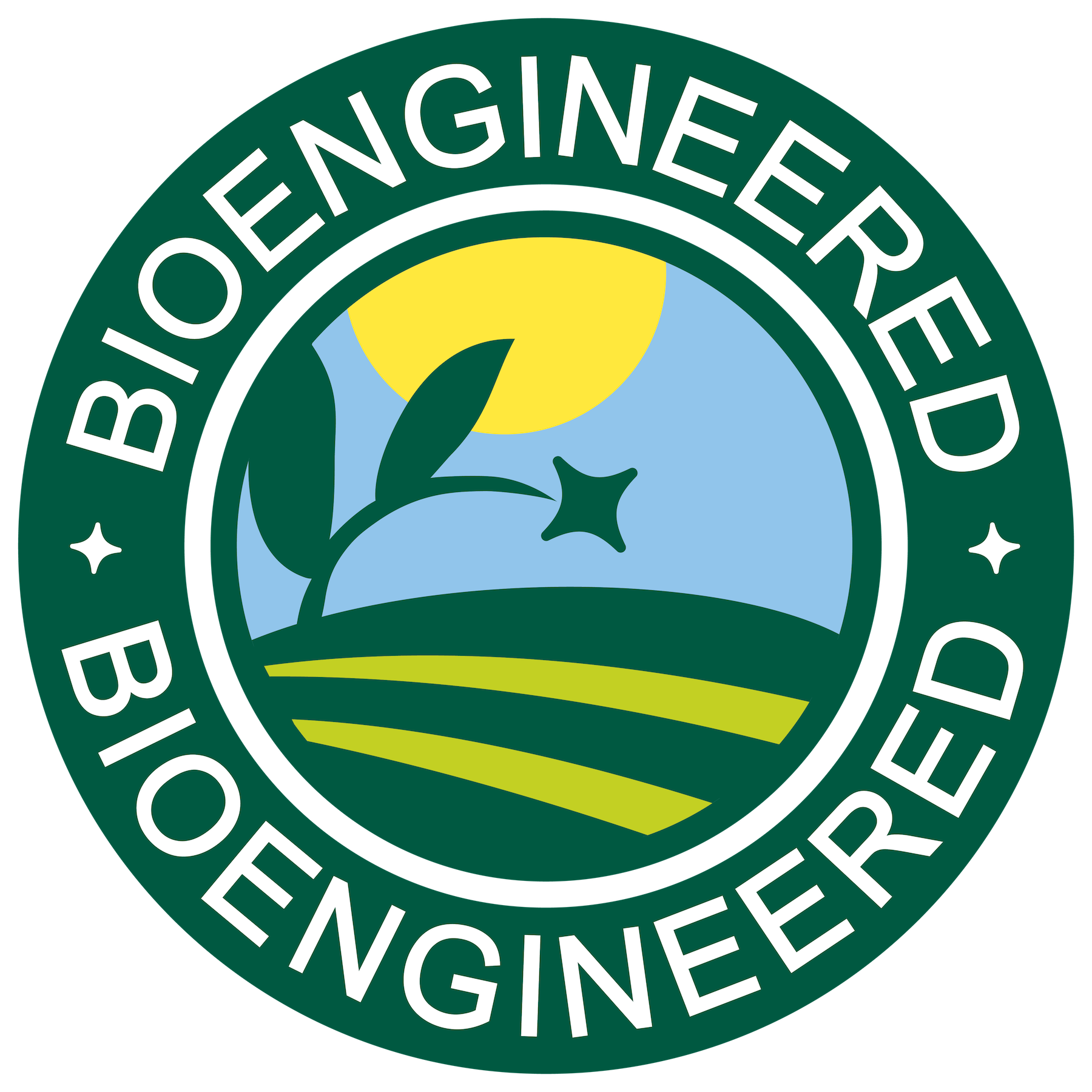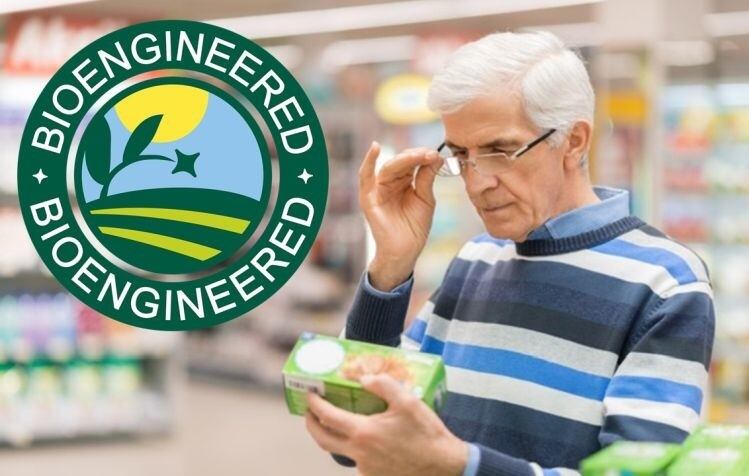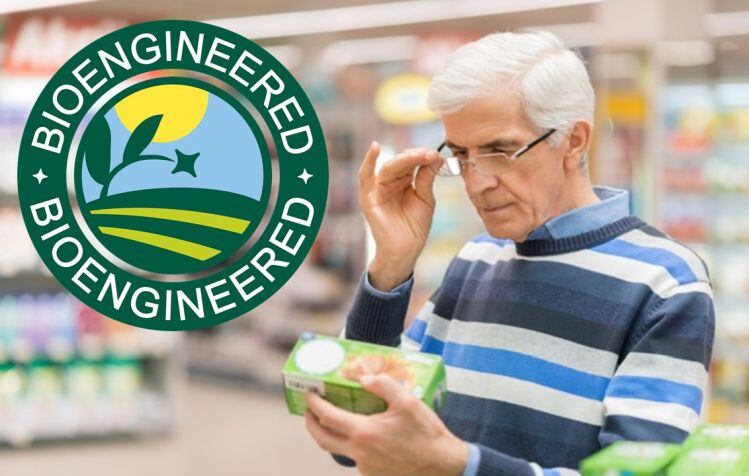For every large company that has already spent months - if not years – gearing up for the NBFDS, there are probably 10 smaller companies who may be blissfully unaware that the law even applies to them, according to trade associations and consultants contacted by FoodNavigator-USA in recent weeks.
“On a regular basis we are still running into smaller manufacturers who are not aware that this is required by the end of this year,” said Jesse Zuehlke, PhD, general manager at Prime Label Consultants.
“There still is a large part of the food industry, particularly international suppliers who are not aware, or don't realize it applies to them, and then because it’s issued by USDA [rather than the FDA], some companies [making foods and supplements regulated by the FDA] didn’t realize that it applies to them.”
Many companies are not up to speed with the legislation… yet
However, for those who are aware, and trying to get their ducks in a row ahead of January 2022, “the biggest challenge is communication through the supply chain,” and getting the documentation you need from ingredients suppliers, he said.
While packaged food manufacturers are the ‘regulated entities’ that must comply with the NBFDS, the information they need comes from their suppliers, many of whom are not up to speed with the legislation, he added.
Meanwhile, stakeholders have only relatively recently obtained clarity from USDA on key aspects of the law via guidance documents issued in July 2020 (in the middle of a pandemic) on validated testing methodologies and how to verify a food has been subjected to a validated refinement process that renders modified genetic material undetectable.
“We’re in a process right now of educating the ingredient supply on the requirements, and that is a huge challenge," said Betsy Booren, SVP regulatory affairs at trade association the Consumer Brands Association.
"What we're hearing is that many in industry are not getting complete information when they make requests, so it’s requiring multiple follow ups, sometimes because suppliers don’t have the material and sometimes because they don't understand or know the rule.”
She added: “When we talk to members informally they say they’re only getting really solid information from about 25% of suppliers, but what was stunning to me was that the evolution from, say, September 2020 to now isn't as great as I thought it would be. But I'm hoping when we talk with them soon in the next few months, those numbers will really go up.”
The USDA's bioengineered foods list - which tells firms which foods they must keep records for and which may require bioengineered disclosures - includes: Alfalfa, Arctic apples, canola, corn, cotton, BARI Bt Begun eggplant varieties, ringspot virus-resistant varieties of papaya, pink fleshed pineapple varieties, potato, AquAdvantage salmon, soybeans, summer squash and sugar beet.
However, "even if a food is not included on the list, regulated entities whose records show that a food they are selling is bioengineered must make appropriate disclosure of that food," notes the USDA, which will review the list annually and, if necessary, make updates through the federal rulemaking process.
Gene editing/CRISPR: USDA will determine on a case-by-case basis whether disclosure will be required for gene edited products (eg. products where DNA changes can be made within a species without introducing foreign DNA.)
Many highly-refined ingredients won’t require labeling, but you still need to keep records showing why not
The law - which is being challenged in court by some groups who believe it doesn’t go far enough - defines bioengineered foods as those that “contain detectable genetic material that has been modified through certain lab [in vitro rDNA] techniques and cannot be created through conventional breeding or found in nature.”
In practice, this means that many highly-refined ingredients (starches, oils, sweeteners, emulsifiers) from widely bioengineered crops such as corn and soy will likely not require labeling, because the modified material is not detectible through testing. However, the onus is on manufacturers to go through USDA's published list of bioengineered foods, identify any ingredients they use that may be derived from these crops, and then contact suppliers to determine whether they need to be labeled.
But this core list is just the starting point for manufacturers, noted Sam Jockel and Rachel Lowe at law firm Alston & Bird, who point out that manufacturers’ record-keeping requirements may also apply to bioengineered foods not specifically mentioned on the main USDA list such as genetically engineered microbes now used to produce everything from vitamins and flavors to collagen, probiotics and whey protein.
While in most cases, the final ingredients may not contain any trace of the engineered microbes (yeast, bacteria etc) used to produce them, firms should consider maintaining records to show why a disclosure is not required if they have “actual knowledge” that the microbes were bioengineered or that, say, GM corn was used as a feedstock for a microbe. How the term ‘actual knowledge’ is defined is not entirely clear, however.
“What we’re seeing,” said Jockel, “is that many ingredients suppliers aren’t providing the necessary documentation to substantiate that their ingredients fall outside the requirements for disclosure. Some big CPG companies might have 15 different suppliers of a single ingredient.
"It’s not insignificant to get the documentation you need [to show that every single one is outside the scope of the legislation].”
The NBFDS identifies three ways firms can determine that modified genetic material is not detectable:
- By using records to verify a food is sourced from a non-bioengineered crop (such records may include organic certification; country of origin records that show the food is imported from a country that does not produce bioengineered crops; or affidavits from suppliers stating the food is sourced from non-bioengineered crops).
- By using records to verify a food has been subjected to a refinement process that has been validated to render modified genetic material undetectable.
- By maintaining certificates of analysis (CoA)or other testing records that confirm the absence of detectable modified genetic material (eg. CoAs showing that each batch or lot of a food or ingredient was tested and does not contain detectable modified genetic material). Given that testing is getting more sophisticated, there is the possibility that modified material that is undetectable using current testing techniques may be detectible in future using more sophisticated tests, presenting challenges, say attorneys.
Once a refining process has been validated to render modified genetical material in a food undetectable, additional testing is not necessary to confirm the absence of detectable modified genetic material.
However, USDA will not be maintaining a list of validated refining processes, given the proprietary nature of food production, so it’s up to food manufacturers to work with suppliers to determine whether the processes they use make modified genetic material undetectable.
What's NOT covered by the NBFDS? Most animal meats and eggs; incidental additives; refined foods where bioengineered material is undetectable; meat/milk from animals fed bioengineered feed; certified organic food
Label Insight: 53% of all food & beverage products contain at least one ingredient from the BE list
According to Label Insight, "53% of all food & beverage products contain at least one ingredient from the BE list," with the bakery aisle featuring the most at-risk products, "with 83% of those products containing at least one ingredient on the BE list."
Almost a third (32%) of dietary supplements "contain at least one ingredient from the BE list," adds Label Insight, "and yet some supplement manufacturers may not even be aware that their products fall under this regulation."
Blanket ‘may contains’ statements are not permitted under the NBFDS
So what do you do if you are using refined ingredients derived from bioengineered crops or microbes but you’re struggling to secure all the relevant documentation to determine if a disclosure is required?
Blanket ‘may contains’ statements are not permitted under the NBFDS, said Zuehlke, who says his firm has come up with a list of 1,000+ ingredients that are derived from bioengineering, highlighting the huge scope of this law. However, you can make a straight bioengineered food disclosure on your products (Bioengineered food' or 'Contains a bioengineered food ingredient') if you can’t get your ducks in a row before January 2022, even if you’re not 100% sure they meet the definition.
“It’s a challenge for regulatory professionals to apply a disclosure that may actually be incorrect," said Zuehlke, "as maybe your soy lecithin doesn’t contain detectible material. But I think to make implementation easier, it is allowed within the regulation.”
Voluntary disclosures can’t just be slapped onto every product in lieu of proper recordkeeping
Voluntary disclosures – which feature slightly different wording such as ‘corn derived from a bioengineered source’ can’t just be slapped onto every product in lieu of proper recordkeeping, meanwhile, as these are only permitted if you have actually done the testing to show modified material is not detectible, but still want to make a disclosure in the interests of transparency, he said.
“This still requires the same level of record keeping and substantiation… so it's not really any easier.”
I think initially, we'll have a degree of ‘over-declaration'
He added: “I think initially, we'll have a degree of ‘over-declaration. And then over the next two to three years, we'll have manufacturers much more comfortable with the required testing, and much more comfortable with the validated refining processes, and the amount of disclosures will go down.”
Some firms may also choose to reformulate, if it can make their lives easier, for example switching from sugar beet (which can be genetically engineered) to sugar cane (which is not), in order to reduce the administrative burden of compliance with the NBFDS.

There are four disclosure options:
- On-pack text: 'Bioengineered food' or 'Contains a bioengineered food ingredient'
- USDA approved symbol (pictured right)
- Electronic or digital link: 'Scan here for more food information' or 'Call xxxx for more food information'
- Text message disclosure: 'Text [command word] to [number] for bioengineered food information.'
- Voluntary disclosures: Foods that do not meet the definition of bioengineered but are derived from bioengineered food may be disclosed voluntarily using a 'derived from bioengineering' symbol or a phrase such as 'corn derived from a bioengineered source.'
‘Scan here for more information’ is a popular choice as it doesn’t feature the term ‘bioengineered’
So which labeling options are most firms choosing?
The two most popular are easily a straight written ‘Bioengineered food/Contains a bioengineered food ingredient' disclosure, or the ‘Scan here for more food information' / 'Call xxxx for more food information' option, which many firms like because it doesn’t actually contain the word ‘bioengineered,’ said Zuehlke.
Digital disclosures: Update labels now, landing pages later
A digital disclosure also has the advantage that if you're not sure yet if your ingredients count as ‘bioengineered’ under the law, "you can update your packaging right now, and then update the landing page you send people to in a few months’ time.”
A lot of large companies are sending people to SmartLabel pages, while smaller ones are creating webpages, he said. “But there are some interesting requirements of the landing pages where you're not allowed to have any advertising or marketing, for example, so even a link back to your homepage, would that count as advertising or marketing is, something to consider when you make your digital disclosure.”
Enforcement: No private right of action
So how will this law be enforced?
According to Jockel and Lowe at Alston & Bird, “The key to compliance under the NBFDS is the maintenance of records. Manufacturers must maintain records for at least two years beyond the date the food is sold or distributed for retail sale.”
USDA’s enforcement authority over failure to disclose bioengineered foods is quite limited, they said, so it can’t recall or seize products, or issue fines, but it can conduct investigations if, as is most likely, competitors or consumer groups make complaints, and make public the summary of the results of audits and investigations.
While the NBFDS lacks a private right of action, so individual consumers can’t sue over a violation of the NBFDS, it doesn’t stop states from adopting identical requirements that impose remedies for violations such as injunctive relief or monetary damages, although no states have so far chosen to do this.
The most likely litigation related to the NBFDS is ongoing complaints over natural and Non-GMO labeling, predicted Jockel: “When you don’t have a federal definition [of Non-GMO], it creates some level of greyness, which is why we’re probably still going to get questions about what Non-GMO means vis a vis the mandatory disclosure requirements.”
Litigation fears

Dan Fabricant PhD, president and CEO at the Natural Products Association, said potential litigation of concern would likely come from two sources: consumer lawsuits and competitor lawsuits arising under the Lanham Act.
Noting that states can enact parallel labeling laws that can provide independent enforcement, provided they impose identical requirements to the NBFDS, he said, "If some states choose not to enact a parallel provision, then the states that do would likely bear the brunt of the enforcement responsibility and burden.
"Think the national organic program; we have an onslaught of consumer class action suits there usually based on 'violation of state consumer protection laws, breach of express warranty, breach of the implied, warranty of merchantability, and unjust enrichment' to name a few. So that’s the concern there."
Under the Lanham Act, meanwhile, "There will be two likely incentives for companies to sue one another," he predicted: "One, absence of mandatory labeling on products that contain GE materials in contravention of the law; and two, false and misleading representations that products with or without GE materials are healthier."



